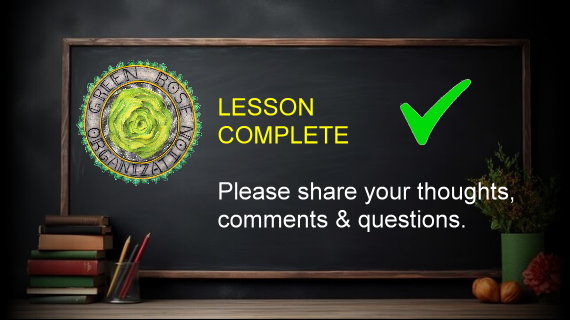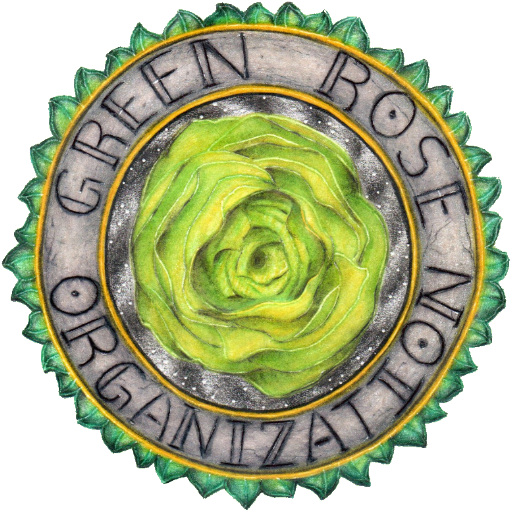
SOUND LOGIC & RATIONAL THINKING
UNDERSTANDING LOGICAL THINKING AND HOW IT CAN BE USED
Logic is the systematic study of principles that determine valid reasoning and argumentation. At its core, logic evaluates relationships between premises (statements assumed to be true) and conclusions to ensure that the reasoning is sound. It helps us distinguish between arguments that are consistent, coherent, and well-structured, versus those that are flawed or contradictory. There are two main types of reasoning in logic: 1. Deductive reasoning: Starts with general premises and moves toward a specific conclusion. For example: Premise 1: All humans are mortal. Premise 2: Socrates is human. Conclusion: Socrates is mortal. Deductive reasoning guarantees the conclusion if the premises are true. 2. Inductive reasoning: Begins with specific observations and seeks to form general conclusions. For instance: Observation: The sun has risen every day for as long as we can observe. Conclusion: The sun will rise tomorrow. Inductive reasoning provides plausible conclusions but doesn’t guarantee certainty. Logic is used across a wide range of disciplines: Philosophy: To explore abstract concepts like truth, ethics, and existence. Mathematics: To solve problems using formal proofs. Computer Science: In algorithms, programming languages, and artificial intelligence design. Science: For forming hypotheses and validating theories. Daily Life: For decision-making, solving problems, and debating.
USING SOUND LOGIC TO CHALLENGE IRRATIONAL BELIEFS & BELIEF SYSTEMS
Logic is a powerful tool for critically examining and challenging beliefs, allowing us to differentiate between sound reasoning and unfounded assumptions. Here’s how you can use logical principles to evaluate and refine beliefs: 1. Identify and Clarify the Belief—Clearly articulate the belief you want to challenge. For example: Belief: “People are inherently selfish.” Ensure the belief is specific enough to analyze. 2. Examine the Premises—Break down the belief into its underlying assumptions or premises: Premise 1: People often act in their own self-interest. Premise 2: Acting in self-interest equates to selfishness. Question whether these premises are valid or universally true. 3. Use Logical Fallacies as a Diagnostic Tool—Check if the belief is based on common logical errors: Overgeneralization: Is this belief about “all people” based on a few observations? False equivalence: Does self-interest always mean selfishness? By identifying fallacies, you can pinpoint weaknesses in the reasoning behind the belief. 4. Test Against Counterexamples—Search for evidence or scenarios that contradict the belief: Are there examples of people acting altruistically or prioritizing others over themselves? How does their behavior challenge the idea of inherent selfishness? 5. Apply Deductive and Inductive Reasoning—Use deductive reasoning to see if the belief logically follows from its premises: Premise 1: Altruistic behavior exists. Premise 2: Altruism challenges inherent selfishness. Conclusion: Not all people are inherently selfish. Use inductive reasoning to draw broader conclusions from specific cases: Observation: Many people volunteer or donate selflessly. Conclusion: People have capacity for unselfish acts. 6. Evaluate Evidence Objectively—Gather supporting and opposing evidence for the belief, focusing on its quality rather than quantity: Is the belief backed by scientific studies, historical patterns, or credible testimony? Does the opposing evidence outweigh its support? 7. Examine Implications—Analyze how holding the belief affects your worldview and behavior: If you believe people are inherently selfish, does it lead to distrust or cynicism? Does challenging the belief open the door to greater empathy or collaboration? 8. Reflect on Origins—Consider where the belief stems from—personal experience, societal influence, or inherited assumptions—and whether those origins introduce biases.
IDENTIFYING LOGICAL FALLACIES THAT OBSCURE TRUTH
Logical fallacies are errors in reasoning that weaken arguments and can lead to faulty conclusions. While there are many types, here’s a comprehensive overview of common logical fallacies, categorized for easier understanding: Fallacies of Relevance—These occur when the argument relies on irrelevant information to support its claim. Ad Hominem: Attacking the person instead of the argument (e.g., “You can’t trust their opinion—they’re not educated”). Appeal to Emotion: Using emotions like fear or pity to sway opinion, rather than logic. Strawman: Misrepresenting someone’s argument to make it easier to attack. Red Herring: Introducing irrelevant information to divert attention from the main issue. Appeal to Authority: Claiming something is true because an authority says so, without relevant evidence. Fallacies of Ambiguity—These rely on unclear language or concepts to mislead. Equivocation: Using a word with multiple meanings misleadingly in an argument (e.g., “Freedom is priceless, so you shouldn’t restrict any actions”). Amphiboly: Using ambiguous sentence structures to mislead or confuse. Composition: Assuming what’s true for part of something must be true for the whole. Division: Assuming what’s true for the whole must also be true for its parts. Fallacies of Presumption—These involve faulty assumptions or taking something for granted without evidence. Begging the Question (Circular Reasoning): Assuming the conclusion within the premises (e.g., “Lying is wrong because lying is immoral”). False Dilemma: Presenting only two options when more exist. Hasty Generalization: Drawing a conclusion from insufficient evidence. Post Hoc Ergo Propter Hoc: Assuming that because one event follows another, the first caused the second. Fallacies of Insufficient Evidence—These arise when conclusions are based on weak or unproven evidence. Appeal to Ignorance: Claiming something is true because it hasn’t been proven false (or vice versa). Slippery Slope: Arguing that a minor action will inevitably lead to severe consequences without sufficient evidence. False Cause: Incorrectly assuming a causal relationship between two things. Cherry-Picking: Selecting only data that supports your argument, ignoring contradictory evidence. Fallacies of Context—These misinterpret, distort, or misuse context. False Equivalence: Claiming two things are equivalent because of superficial similarities. No True Scotsman: Redefining a category to exclude counterexamples (e.g., “No true leader would make that decision”). Gambler’s Fallacy: Believing that past events influence future probabilities when they don’t.

